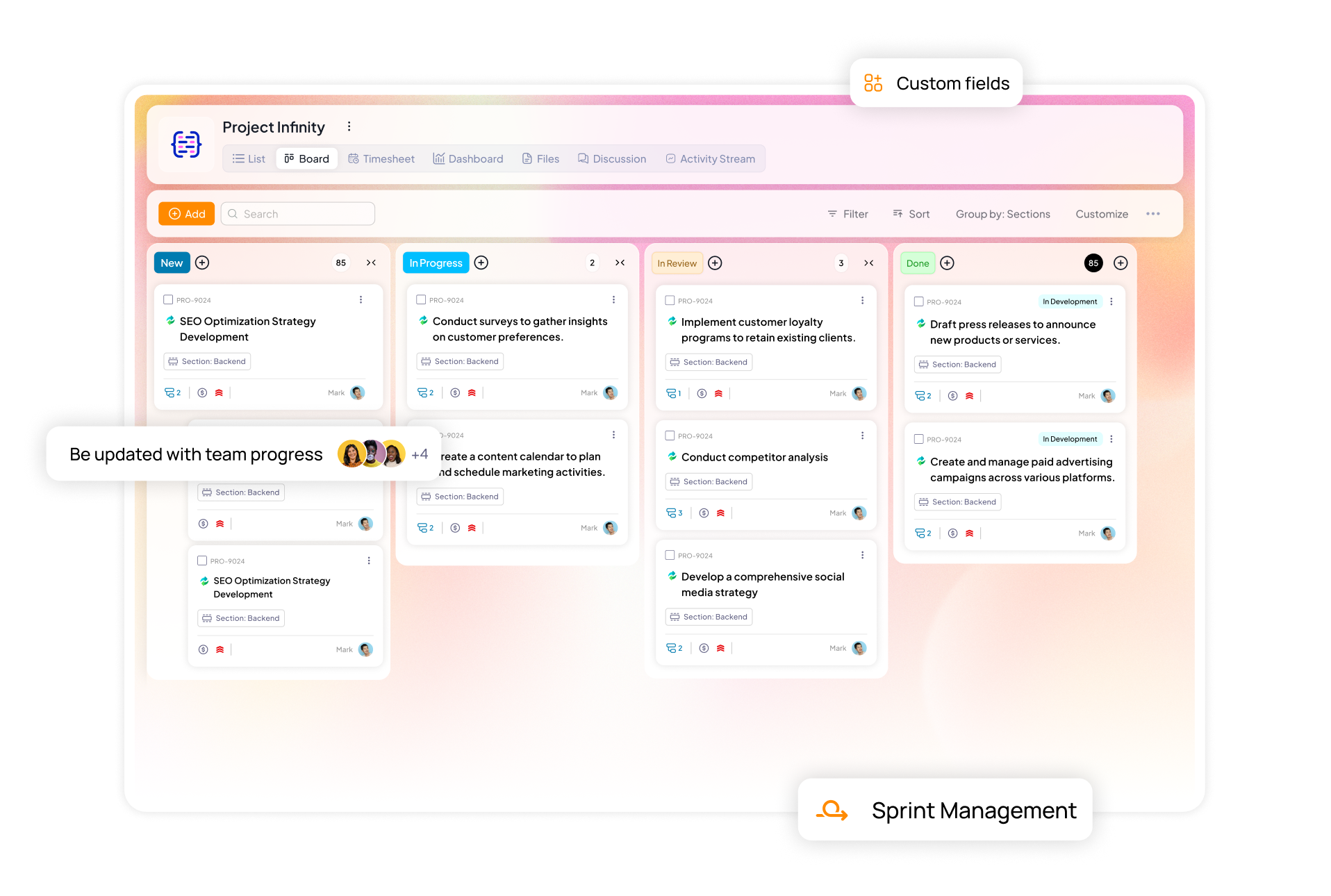Companies have now long adopted a hybrid work strategy, only took them a pandemic, eh? Employees have enjoyed working from the comfort of their homes for four years now. Although, is it all as rosy as it sounds?
As per a survey conducted by MMBI, 64% of employees said remote work had a negative impact on their work. Why is that? It’s not as if people do not like being near their family or miss the hours they spent commuting.
A major reason, then, can be the lack of a proper hybrid work model. This blog post will discuss what hybrid remote work means in 2024 and how companies can improve the process of supporting their employees.
Types of Remote/Hybrid Work After the Pandemic
The definition of hybrid work has evolved way beyond the traditional ideas we had during the pandemic. It is not simply an adjustment anymore.
It’s a strategic choice companies should make to keep their employees satisfied, pull better talent, and increase their overall productivity levels.
Before we discuss the best practices for hybrid work in 2024, let’s understand the progression of remote/hybrid work in four parts:
1. Traditional Way of Work
Companies require their employees to be at a particular physical place, at a particular time, to do their work. Often known as a 9-5 job. Employees had to travel long hours, spend their entire day at their office, and conduct their work. This was pre-pandemic.
2. Traditional – Flexible Way of Work
Employees here had to be at a particular physical place but had the flexibility to be there at their chosen time. This was a pre-pandemic strategy. As long as they put in the work, were at their meetings, and collaborated as needed, they did not have any set hours.
3. Flexible – Traditional Way of Work
In this post-pandemic model, companies did not require their employees to come to a particular physical place. However, they needed to work and collaborate with their teammates during a set time. So, they had flexibility in terms of location but not time.
4. Flexible Way of Work
Post-pandemic, employees could work at the time of their choice, and from a place they liked, with this remote work model. The entire work structure here was unsynchronized.
Most companies applied any one of the latter two remote work models to keep the ship running during the pandemic. And it did work. Then what was the problem? Let’s find out.
Problem with the Old Remote Work Model
Well, as it turns out, nearly 30% of workers felt disconnected from their colleagues when working remotely. Different work timings and an asynchronistic approach were not all as rosy as they sounded.
Employees faced challenges like having poor personal and professional boundaries, difficulty finishing their work on time, and maintaining a work-life balance.
They also often felt a missing human connection, a nod to a co-worker, or an idea to solve an annoying problem while just talking to a colleague by the cooler.
The solution? A hybrid work model.
Well, what is a hybrid remote work model? Think of a hybrid model as a balance between traditional and flexible work. The next section will explore how to create this balance in detail.
Best Practices for the Best Hybrid Work Schedule
1. A Space Your Team Likes
A cube and desk model does not really shout collaboration or socialization. It is built for people to work in silos. But in a hybrid work model, your team already has a place to work alone, at their homes.
Considering that, make your office structure open, with long tables and comfortable sofas where your team can sit together and work alongside each other. Close proximity promotes conversation and collaboration, providing an ideal environment to work.
2. Build Robust Meeting Structures
Teams often find many insights during those in-office water cooler talks and impromptu discussions. We reach decisions, build upon strategies, and find new ideas. Your remote team should not be left out of these conversations.
Bring back balance by setting a robust meeting structure. Prepare an agenda beforehand about what you are going to discuss. Set aside time for catchups, something like 30 minutes every Friday works well.
This way, you support all your employees, be more vocal, and keep them in the loop.
3. Get the Right Tech
Is your team hopping between Teams and Email to find content? Are they facing difficulty joining a meeting due to poor internet connection or bad camera quality? A successful hybrid team works only when they are provided with the right tech.
Invest in high-quality equipment. Provide meet-up opportunities and desk booking for easy sync-up.
Add a sleek project management tool to your tech stack. With features like project and task-level discussions, you can ensure your team never loses context, regardless of their location.
Wrapping Up
Companies must think beyond institutional concerns to form a successful hybrid work model. If they successfully consider individual-level human concerns, they can form strong and successful hybrid working models. It is time to think beyond the traditions and support your team with new work schedules.






